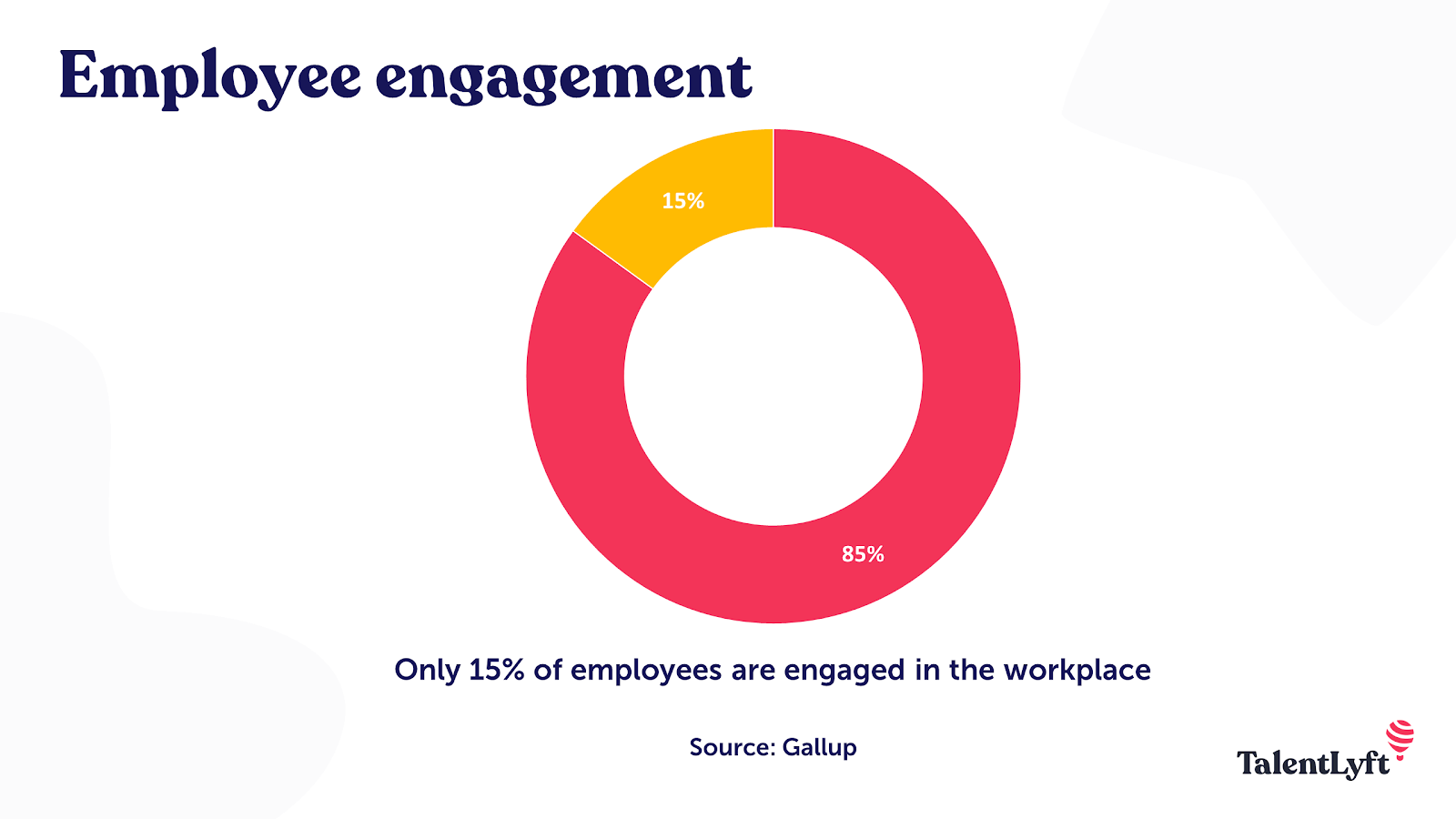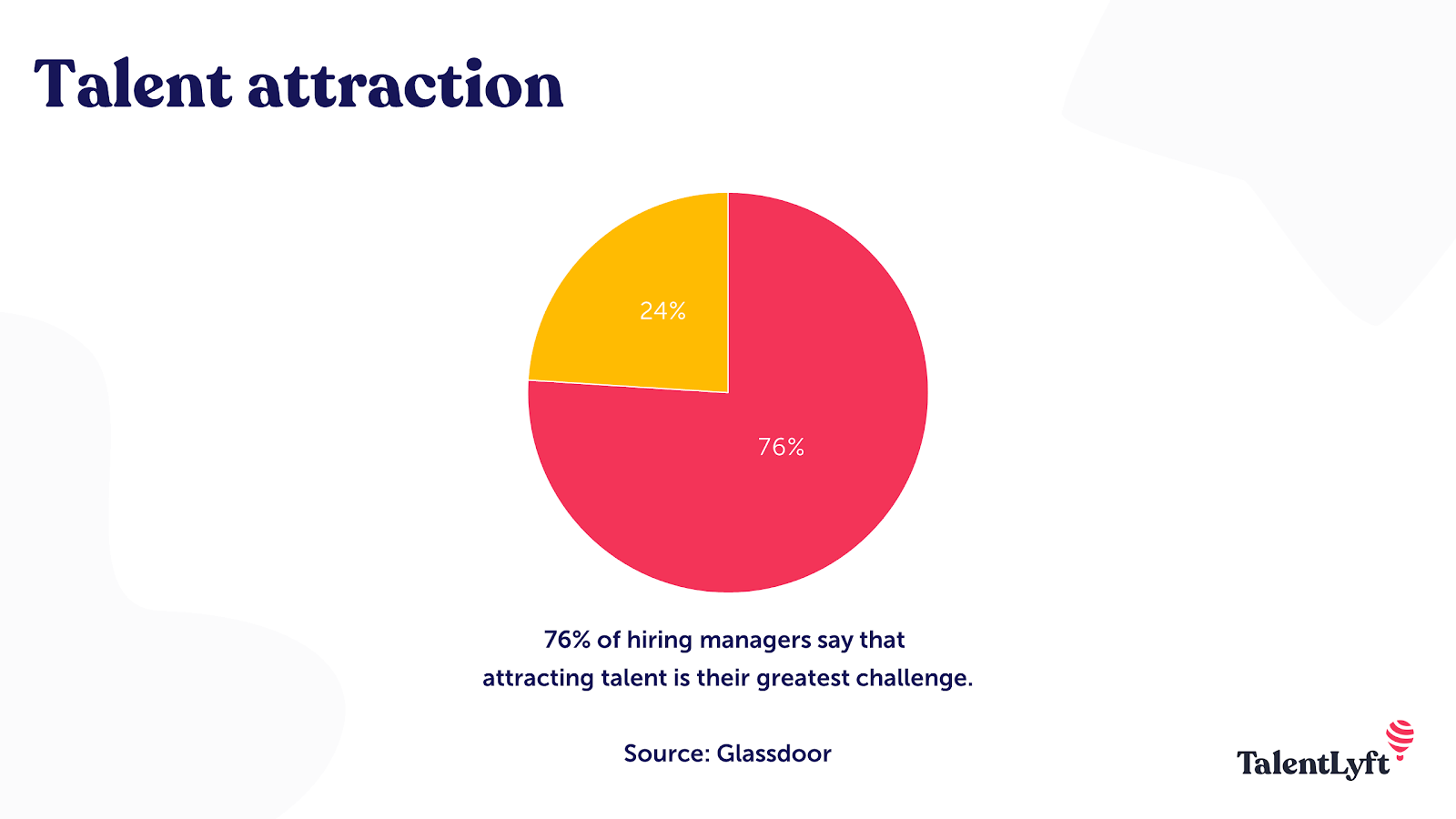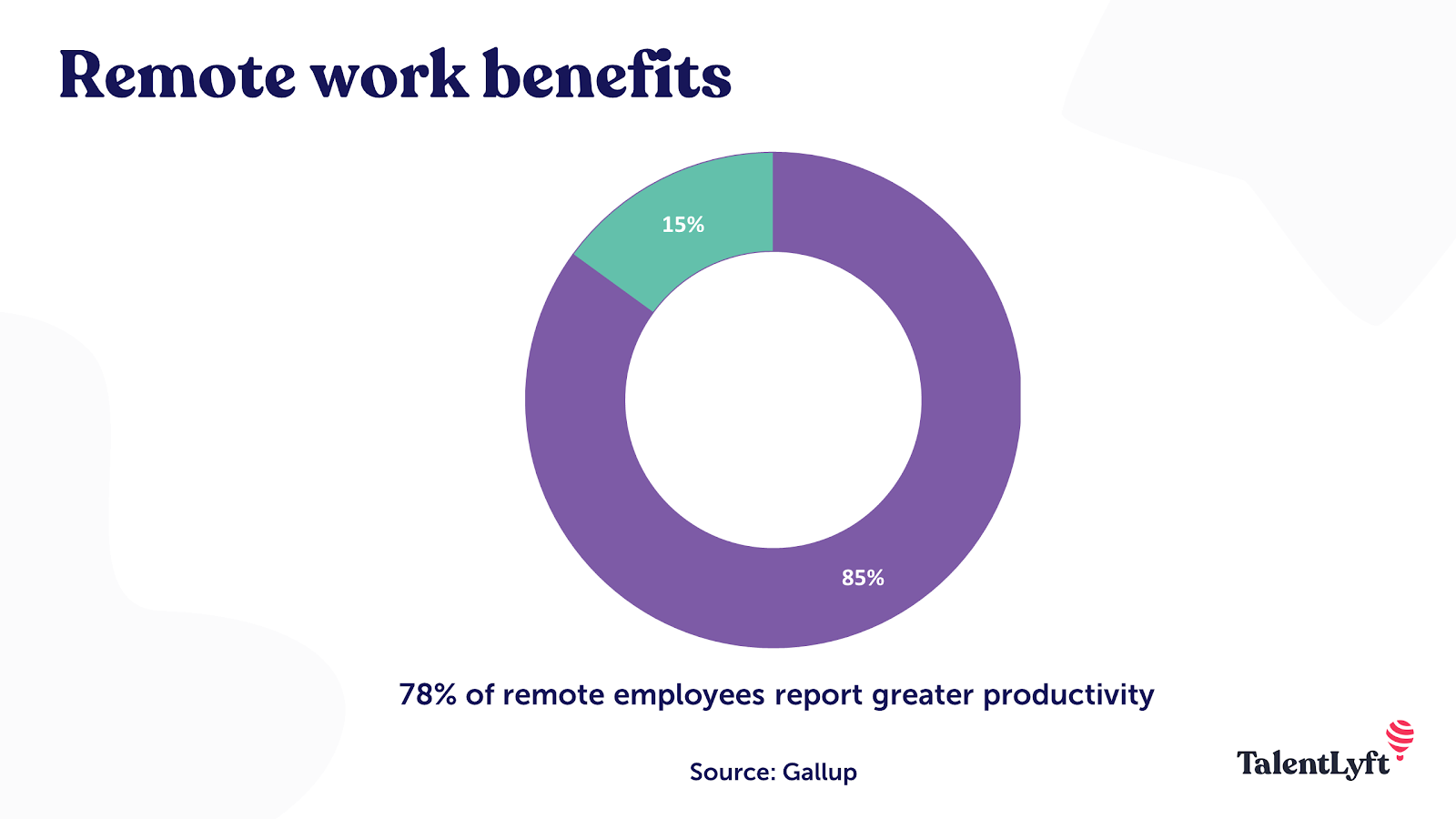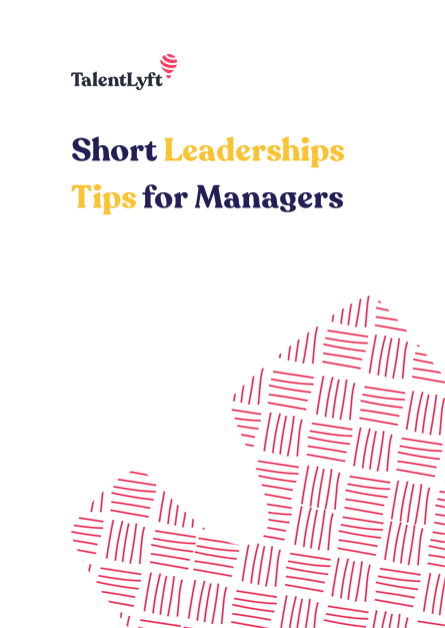
Employee engagement has more benefits that you could ever imagine. Learn how to build an engaged workforce in your organization!
Employee engagement has more benefits that you could ever imagine. Learn how to build an engaged workforce in your organization!
According to research conducted by Gallup in 2009, only 13% of employees worldwide are engaged at work.
What's worse is there’s not much difference since it was first reported; another research conducted by Gallup in 2017 shows only 15% of employees are engaged in the workplace.

It means that the majority or most of the employees are either viewing their workplace in a negative way or only doing the bare minimum to make it through the day, with little to no emotional attachment.
In a recent Human Resource Conference that I attended, one of the guest speakers polled the audience about whether their organizations are taking active measures to engage their workforce. The dismal show of hands provides us with an insight into the current state of affairs in the HR community.
There might be several reasons for this lukewarm response from the audience. First, there are still some organizations that do not realize the importance of engaging our workforce.
Second, there might be some who are already aware of the importance of employee engagement but have no idea how to go about doing it.
Thirdly, there might be some from among the audience who have tried engagement practices but achieved limited results.
My suspicions were confirmed when the speaker proceeded to ask those among the audience who raised their hands to share about their current practices. “We hold regular team building events,” says one. “We installed a pool table recently,” says another. Another voice answered, “We reward our top performers very well”.
Well, all these methods work. At least in the short term, when we want to boost the scores in our annual employee engagement surveys. But do they provide sustainable results? Organizations have to do much more than offer short-term perks in order to create an engaged workforce.
Here are the top 3 benefits of high employee engagement:
The matter of fact is, companies that invest in employee experience outperform those who don’t. According to the book “The employee experience advantage” written by Jacob Morgan; from an analysis of 250 organizations, companies that invest in employee experience can be 4 times more profitable!
Employee engagement is the key to better business results. Engaged employees have a deep sense of ownership of the organization and strong feelings of involvement, commitment, and absorption in one’s work. This motivates them to contribute a higher level of discretionary energy, which eventually translates into business productivity.
According to Gallup’s report on “The State of the Global Workplace”, companies with an engaged workforce experience lower absenteeism as well as employee turnover. An employee who stays with the company ensures that critical knowledge remains within the organization, ensuring stability in business operations.
On the other hand, an organization facing an employee turnover issue will be in a constant flux of instability, taking away precious energy from key decision-makers.

Millennials and beyond will even make up to 75% of the global workforce by 2025. We all have heard the unique characteristics of millennials; they are job-hopping, feedback-seeking, and team-oriented.
With changing demographic trends, millennials will make up a large part of the workforce, and organizations have to tailor their engagement strategies to this group, to ensure that they remain competitive in hiring the best talents in the market.

Here comes the real question. While most of us might have realized the importance of workforce engagement, the big question is how to build it?
Professor Brené Brown from the University of Houston, an expert in studying human interaction believes:
"By the time you’re a social worker for 10 years, what you realize is that connection is why we’re here.”
Social workers do not get paid for their efforts. And the need to save every cent for the less fortunate probably deprives them of the chance to renovate a swanky lounge for relaxation purposes. But still, they persist, because of the meaningful goal behind the work that they do.
Furthermore, research conducted by Danish National Research Centre for the Working Environment suggests that improved emotional connection at the workplace may lead to a happier, healthier workforce. A good work relationship can help in creating a good work environment. People will be able to collaborate better with their team members and prevent conflict from happening in the workplace.
You may be wondering how to build a meaningful relationship within the organization. In a fast-changing and diverse working environment, relationship intelligence is fast becoming an important attribute of successful leaders. Human beings are unique creatures, and what works for one employee may not work for another.
The era of a ‘one trick pony’ is over. Leaders need to spend time with their employees to deepen the relationship and motivate them to work hard. No time for small coffee talk? Fret not, companies such as Core Strengths leverage on advancements in psychometrics and technology to make this a much easier task.
Employees are now aware that the term life-long career is fast becoming an obsolete term, and want to know their career growth and the purpose behind the work that they do. Companies should leverage technology and utilize employee-centric tools, in order to give insightful engagement experiences such as coaching and giving feedback.
Employee-centric tools will provide an avenue to reach out to management, increase transparency, engage in meaningful discussions and bite-sized coaching. You will gain insights over what are your employees’ behavior and strengths in the workplace.
Therefore, helps you to coach employees for better performance; by leveraging their strengths not focusing on fixing their weaknesses. You can also leverage these tools for decision-making. For example in choosing the right person for a project based on their strengths. Making your decision transparent and much more concrete with data.
Aside from coaching, giving feedback is also one of the best ways to create an employee experience. Did you know that employees actually enjoy feedback? A study by The Predictive Index found that employees enjoy feedback, yet most (44%) managers are ignoring this engagement trend and gave very little feedback, if any. Start engaging your employees by giving them feedback and coaching based on their strengths.
Culture is a mix of your organization’s leadership style, values, traditions, beliefs, interactions, behaviors, and attitudes that contribute to the work environment. Building the right company culture not only will help you attract and hire more people but also engage and retain them in the long term.
Company culture and employee engagement go hand-in-hand. Focusing on company culture will improve revenue, increase productivity and increase employee engagement. A study even showed that companies that enhanced their company culture experienced an increase in revenue by up to 682%.
First, you should start by finding out the right core value in your organization, then act based on them. Being in the right environment is appealing to new recruits, giving current employees a sense of belonging, and thus retaining them for the long run.
Through proper coaching, leaders in the organization can elicit the right behaviors, and build a culture that employees feel connected to, where they feel safe to voice out suggestions, where they can find their reason for being and a sense of belonging.
Conversations are always best two-way. The same thing goes for giving feedback. Don’t only give feedback to your employees; expect the same thing from them. We, as organizations also need to better ourselves. And the best way to do it is by engaging our employees by letting them fill out surveys. This will make them feel valued and important in shaping the company’s culture.
➡️ Check out a sample of employee engagement survey questions!
Another factor that contributes to employee engagement is flexibility. Giving the employees the flexibility to work on regular hours or away from the office is proven to be a good thing. Other things you can offer is the option of starting work at a later time and finishing off later or vice versa. This option is useful for working parents who want to spend some time with their children.
73% of employees said that flexible work arrangements increased their satisfaction at work. Also, 78% of the same respondents said that flexible work arrangements made them more productive.

Competition and an increasing ‘millennial’ workforce mandate the need to take a more active approach toward creating an engaged workforce. If you believe that your workforces are the building blocks of your organization’s success, start by understanding your employees.
Build meaningful relationships, and create a workplace experience that appeals to them, while also creating a culture that is aligned with our organizational goals. Also, don’t forget the importance of requesting feedback from them and giving flexibility. The good news is, there are many tools available to help you in your quest to improve workforce engagement.
Tan Weixi is a Managing Director of Exquisite Connection Pte Ltd and Master Facilitator of Core Strengths in Indonesia. He is a renowned international speaker who travels close to 200 days a year for speaking arrangements. He has helped various multinational companies to achieve better results.












